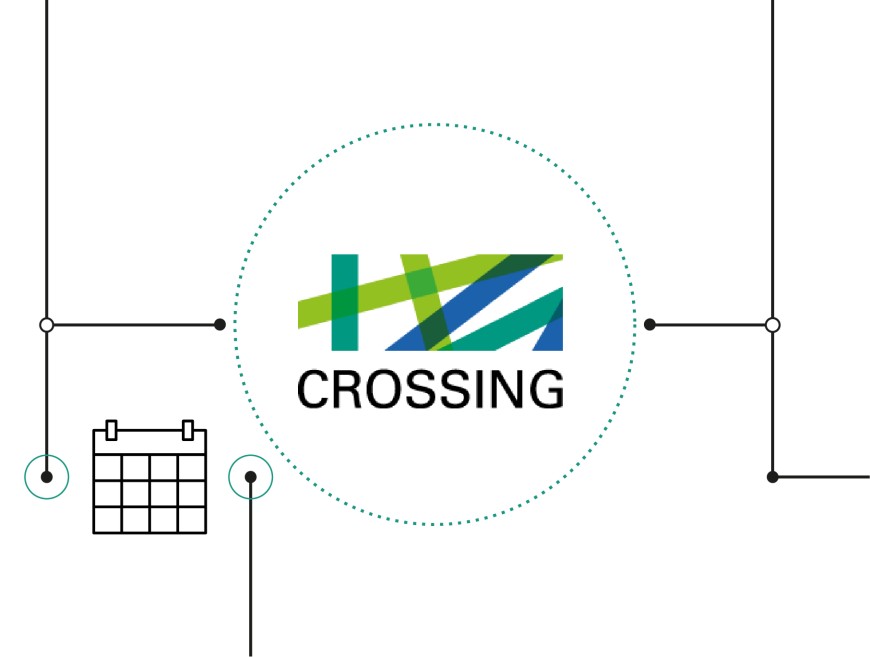Reading the Crypto Classics: Rivest, Shamir, and Adleman: „A Methode for Obtaining Digitial Signatures and Public Key Cryptosystems“
2021/04/21 10:00-11:00
Moderator: Olga Sanina (TU Darmstadt, CX Group) | Location: Online

Organizer: Christian Janson, TU Darmstadt, Cryptoplexity Group
Abstract
This talk is the first one in the seminar series “Reading the Crypto Classics” for the very special summer term 2021. The idea of this seminar is to jointly read classical milestone papers in the area of cryptography, to discuss their impact and understand their relevance for current research areas. The seminar is running as an Oberseminar, but at the same time meant to be a joint reading group seminar of the CROSSING Special Interest Group on Advanced Cryptography with all interested CROSSING members being invited to participate.
This issue will cover the paper
Rivest, Shamir, and Adleman: „A Methode for Obtaining Digitial Signatures and Public Key Cryptosystems“ (Communications of the ACM 1978); DOI: https://doi.org/10.1145/359340.359342 with the following abstract:
“An encryption method is presented with the novel property that publicly revealing an encryption key does not thereby reveal the corresponding decryption key. This has two important consequences: (1) Couriers or other secure means are not needed to transmit keys, since a message can be enciphered using an encryption key publicly revealed by the intented recipient. Only he can decipher the message, since only he knows the corresponding decryption key. (2) A message can be “signed” using a privately held decryption key. Anyone can verify this signature using the corresponding publicly revealed encryption key. Signatures cannot be forged, and a signer cannot later deny the validity of his signature. This has obvious applications in “electronic mail” and “electronic funds transfer” systems. A message is encrypted by representing it as a number M, raising M to a publicly specified power e, and then taking the remainder when the result is divided by the publicly specified product, n, of two large secret primer numbers p and q. Decryption is similar; only a different, secret, power d is used, where e * d ≡ 1(mod (p – 1) * (q – 1)). The security of the system rests in part on the difficulty of factoring the published divisor, n.”
Further information about the virtual format
For participation the following Meeting Link is required:
https://bbb.cryptoplexity.informatik.tu-darmstadt.de/r/CX-Crypto-Classics
More information


